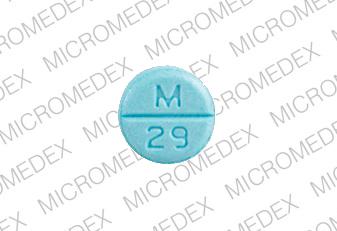Methyclothiazide Interactions
There are 469 drugs known to interact with methyclothiazide, along with 11 disease interactions, and 2 alcohol/food interactions. Of the total drug interactions, 15 are major, 425 are moderate, and 29 are minor.
- View all 469 medications that may interact with methyclothiazide
- View methyclothiazide alcohol/food interactions (2)
- View methyclothiazide disease interactions (11)
Most frequently checked interactions
View interaction reports for methyclothiazide and the medicines listed below.
- Actos (pioglitazone)
- Adalat (nifedipine)
- Adderall XR (amphetamine / dextroamphetamine)
- Aldactone (spironolactone)
- Aqua-Ban (pamabrom)
- Aquazide H (hydrochlorothiazide)
- Aridol (mannitol)
- Augmentin (amoxicillin / clavulanate)
- Bumex (bumetanide)
- Calciferol (ergocalciferol)
- CaroSpir (spironolactone)
- Chewable Calcium with Vitamin D (calcium / vitamin d)
- Claritin (loratadine)
- Co-trimoxazole (sulfamethoxazole / trimethoprim)
- Cordarone (amiodarone)
- Crestor (rosuvastatin)
- Demadex (torsemide)
- Demerol (meperidine)
- Dextrose (glucose)
- Diamox (acetazolamide)
- Diamox Sequels (acetazolamide)
- Diflucan (fluconazole)
- Digox (digoxin)
- Diovan (valsartan)
- Diurex Max (pamabrom)
- Diurex Water Capsules (pamabrom)
- Diuril (chlorothiazide)
- Dyrenium (triamterene)
- Edecrin (ethacrynic acid)
- Lasix (furosemide)
Methyclothiazide alcohol/food interactions
There are 2 alcohol/food interactions with methyclothiazide.
Methyclothiazide disease interactions
There are 11 disease interactions with methyclothiazide which include:
- anuria
- electrolyte losses
- liver disease
- lupus erythematosus
- renal function disorders
- asthma
- diabetes
- hyperlipidemia
- hyperparathyroidism
- hyperuricemia
- thyroid function tests
More about methyclothiazide
- methyclothiazide consumer information
- Compare alternatives
- Drug images
- Side effects
- Dosage information
- During pregnancy
- Drug class: thiazide diuretics
- Breastfeeding
Related treatment guides
Drug Interaction Classification
| Highly clinically significant. Avoid combinations; the risk of the interaction outweighs the benefit. | |
| Moderately clinically significant. Usually avoid combinations; use it only under special circumstances. | |
| Minimally clinically significant. Minimize risk; assess risk and consider an alternative drug, take steps to circumvent the interaction risk and/or institute a monitoring plan. | |
| No interaction information available. |
See also:
Further information
Always consult your healthcare provider to ensure the information displayed on this page applies to your personal circumstances.


